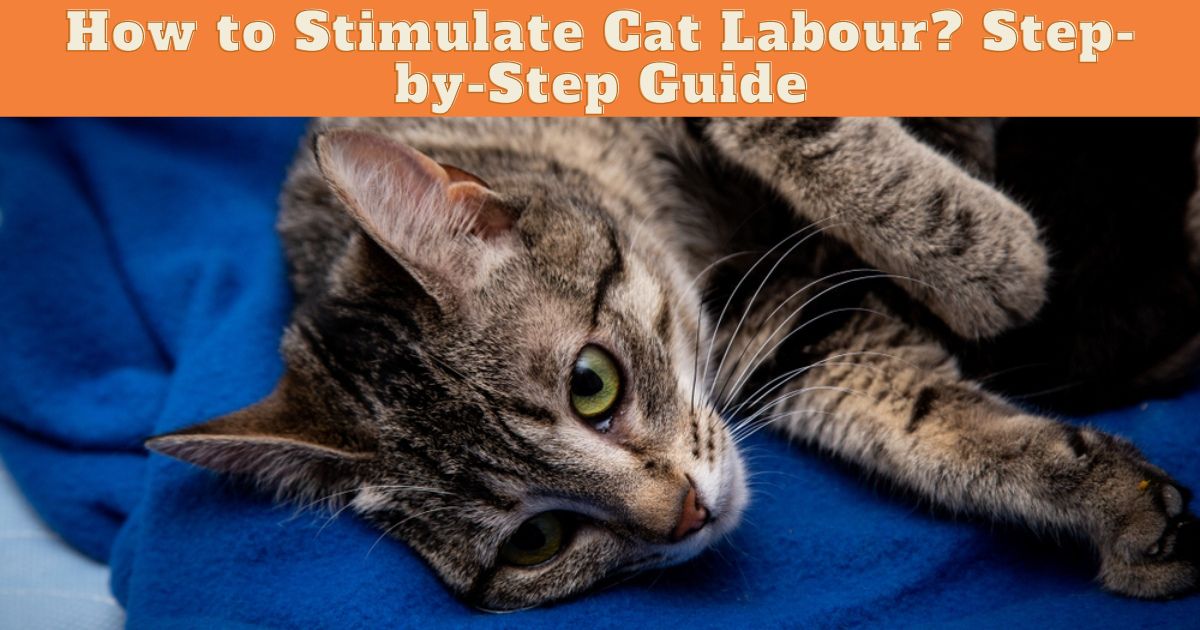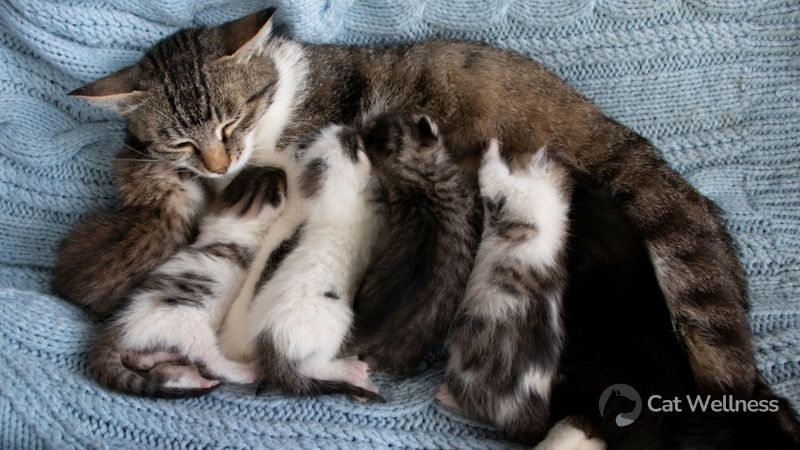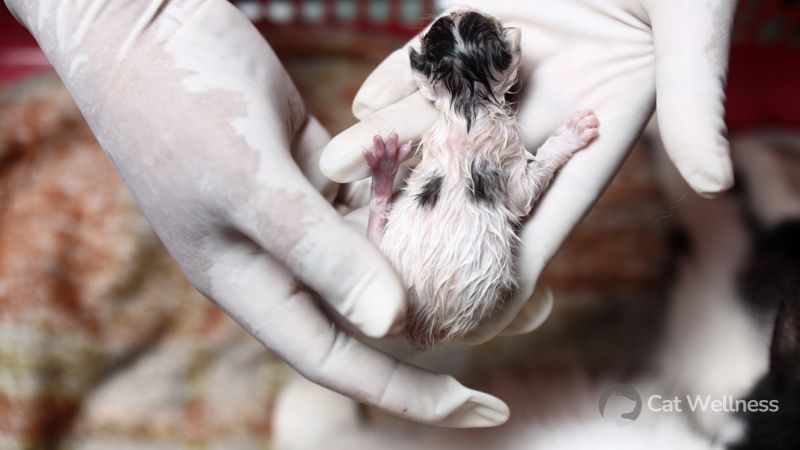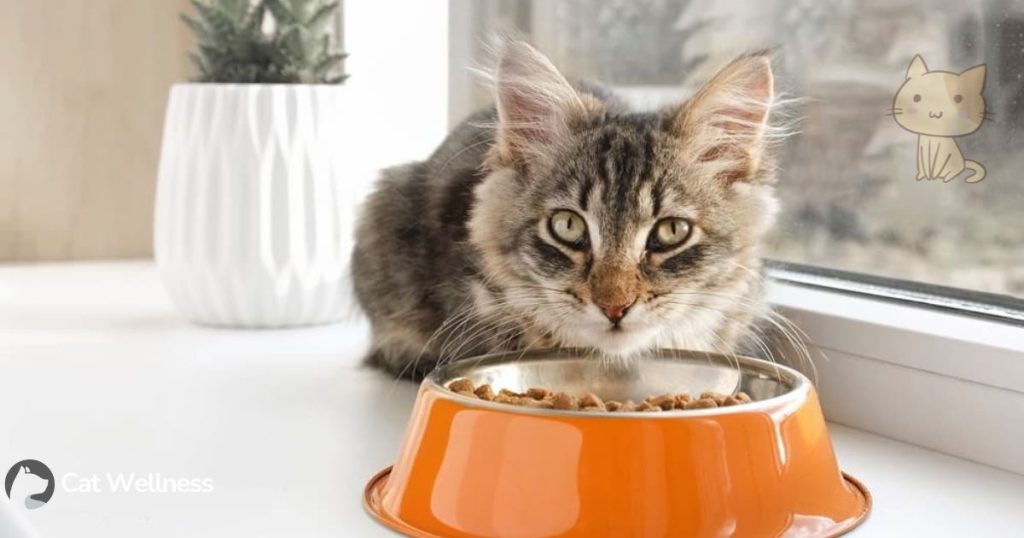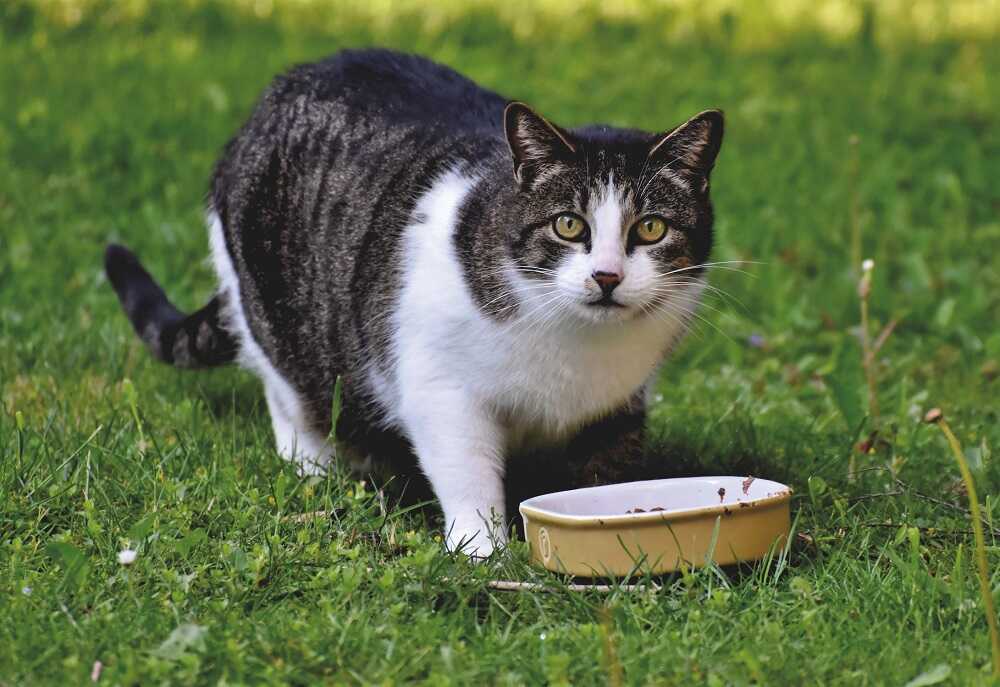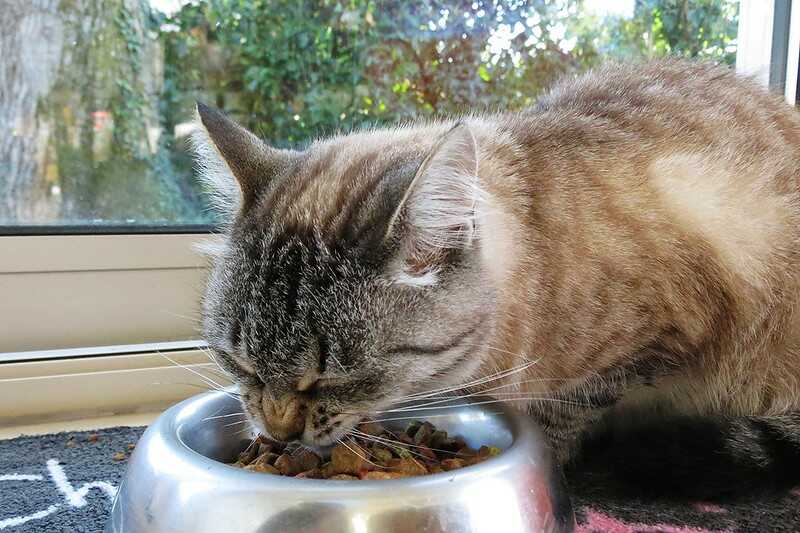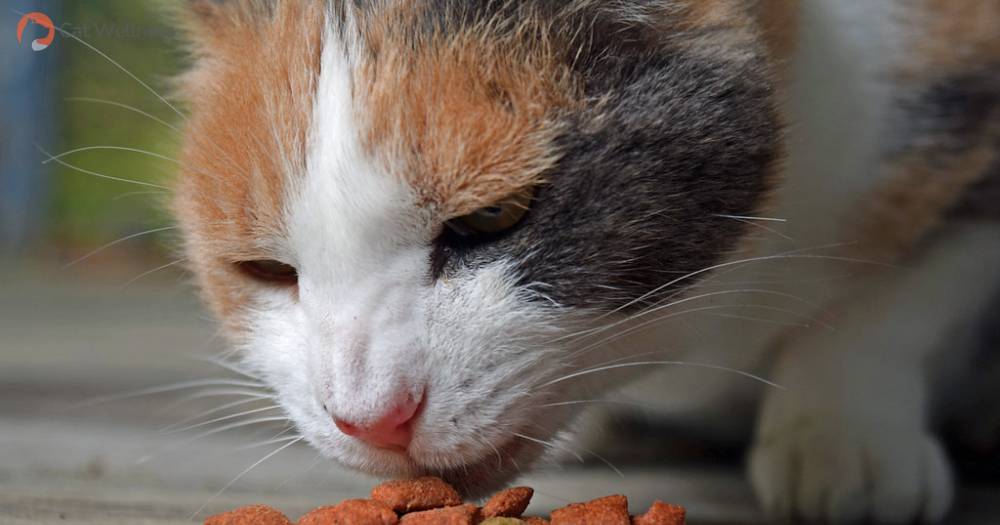A cat’s pregnancy typically requires minimal care and attention. Most mother cats, referred to as queens, maintain this low-maintenance state when giving birth. The birthing process usually occurs naturally without any need for human assistance, and human involvement is usually limited to ensuring the mother has space and avoiding interference.
However, there are exceptions to this rule. If your cat has exceeded her expected due date or you suspect her health may be at risk, it might be necessary to initiate labour.
Let’s dive into how to stimulate cat labor now for details!
Indications That Your Cat is Close to Giving Birth
A cat’s pregnancy typically lasts around 65 days, with a margin of error of approximately five days. If you’re uncertain about your cat’s pregnancy stage, look out for the following unmistakable signs that labor is approaching.
Nesting
One to two days before labor begins, your cat will instinctively search for a quiet and secure place to deliver her kittens. She might opt for a spot you’ve prepared for her or hide in the back of a closet or beneath a bed.
Changes in Behavior
You may observe changes in your cat’s behavior as she nears labor. These may include restlessness, pacing, panting, excessive grooming (particularly around her genital area), and increased vocalisation. She may also stop eating during this time.
Physical Transformations
As labor approaches, your cat’s rectal body temperature may drop below 99 degrees Fahrenheit, and she might experience episodes of vomiting. A few days before giving birth, you may notice her abdomen appearing to “drop,” and her nipples may become larger, darker, or pinker.
Signs of Active Labor
During active labour, your cat may vocalise loudly due to the pain of uterine contractions that push the kittens through the birth canal. Additionally, you might observe a discharge of blood or other fluids during this phase.
How To Stimulate Cat Labor?
Step 1
Engage in playtime with your cat and encourage her to roam around the house. Physical activity is beneficial for prompting labour in any animal species and is safe for the mother cat if she isn’t yet prepared for labor.
Step 2
Prepare a sturdy box with soft bedding in a quiet, dimly lit, and secluded area. Your cat might initiate the birthing process once this space is set up, eliminating the need to induce labor.
Step 3
Sprinkle a single red raspberry capsule over your cat’s canned food daily. Many cat breeders use red raspberry to stimulate labour.
Step 4
Check your queen cat’s temperature. Enlist someone to hold the cat while you use a rectal thermometer. Normally, a cat’s rectal temperature ranges from 100 to 102 degrees Fahrenheit, but it will drop to 98 to 99 degrees when she’s ready to give birth. Note this and contact your veterinarian if her temperature exceeds 102 degrees, which could indicate a problem.
Step 5
Watch for movement in the kittens and nipples that produce milk. These are both signs that her due date may be approaching.
Step 6
Observe your cat for panting, pacing, shivering, or restlessness. These are typical behaviours in a queen cat within the six to 24 hours leading up to labor.
Step 7
If you are unsure whether your cat is prepared for labor, take her to your veterinarian. An ultrasound or x-ray can help determine the stage of kitten development and whether it’s time to induce labour.
Step 8
Familiarise yourself with your options before consulting your veterinarian. If the kittens are ready to be born, your vet may recommend either oxytocin to induce labor, which typically takes effect within an hour, or a cesarean section (c-section).
Complications During Labor
Thankfully, most mother cats can give birth to their kittens without human intervention. However, certain issues can arise.
Prolonged contractions without progress
If your cat experiences strong contractions for over an hour without seeing kitten delivery, it’s important to consult your veterinarian immediately.
In contrast, if your cat does not expel all of the placentas after giving birth, it can result in a uterine infection. Count each cat’s placenta, even if the mother cat consumes them. The number of placentas should match the number of kittens.
Kitten stuck in the birth canal
Most kittens are born head-first, but approximately 40 per cent of births are breech (tail-first), which is generally considered normal. However, it may be distressed if a kitten remains lodged in the birth canal for more than 15 minutes.
Contact your veterinarian if a kitten is stuck for over 10 minutes or if you observe green discharge without a kitten being born within 15 minutes. And your vet will guide the necessary steps to take.
Stillborn kittens
It’s not uncommon for one to two kittens to be stillborn. Remove any deceased kittens from the birthing area to allow the mother to continue giving birth to the remaining kittens without interruption.
Postpartum hemorrhaging
While some bleeding after giving birth is normal, excessive bleeding or hemorrhaging is a critical emergency that requires immediate attention from a veterinarian. Ignoring this condition can lead to the mother cat’s death. If bleeding continues beyond a week after birth or if it stops for a day and then resumes, seek veterinary assistance promptly.
FAQs
Is using over-the-counter medications or herbs safe to induce labor in cats?
No, it’s not safe to use any medications or herbs to induce labor in cats without consulting a veterinarian. Using such substances can be harmful to your cat and her kittens.
How long does it typically take for a cat to give birth once labor begins?
The entire labor process in cats can last anywhere from 2 to 24 hours, with each kitten being born roughly 30-60 minutes apart.
Can I assist my cat during labour, or should I leave her alone?
Generally, it’s best to let your cat handle labour independently. However, if you suspect a problem or see a kitten stuck in the birth canal, contact your veterinarian for guidance.
What should I do once the kittens are born?
Make sure the kittens are breathing and warm. Allow the mother to clean and nurse them. Provide a safe, quiet space for the mother and kittens to bond.
When should I schedule a post-birth checkup for my cat and her kittens?
Schedule a post-birth checkup with your veterinarian within a day or two after the birth to ensure the health of the mother and kittens and to discuss their care and vaccinations.
Conclusion
In conclusion, we cover how to stimulate cat labour. This requires a delicate and patient approach. Consult with your veterinarian for guidance, create a comfortable and quiet environment for your pregnant cat, and monitor her closely as she nears her due date. Remember, it’s essential to prioritise the health and well-being of both the mother cat and her kittens throughout the labour process.
Recommended Reading

